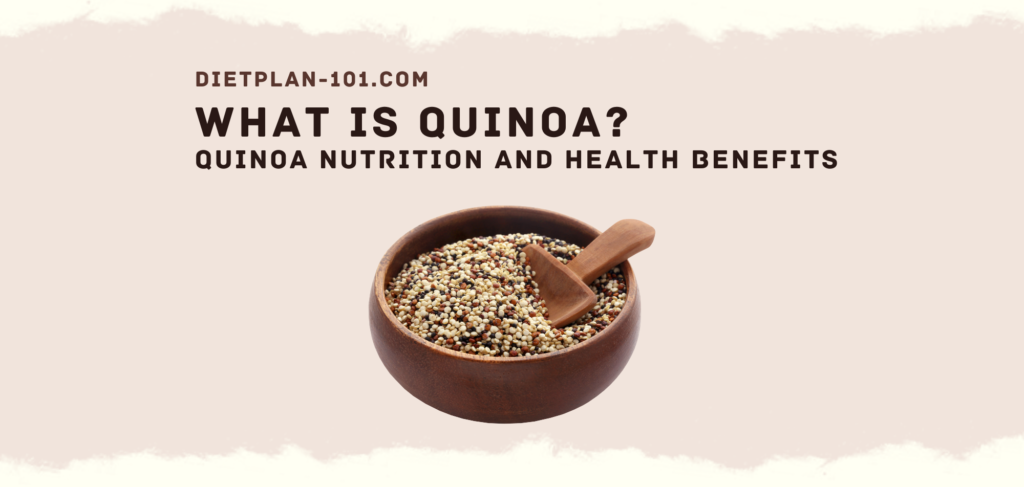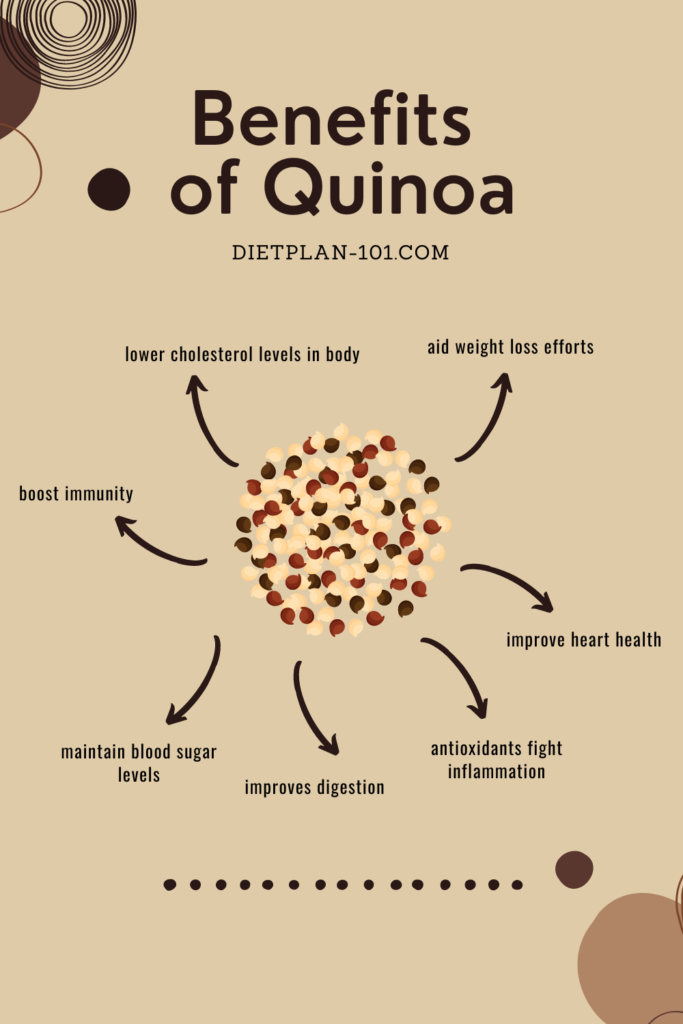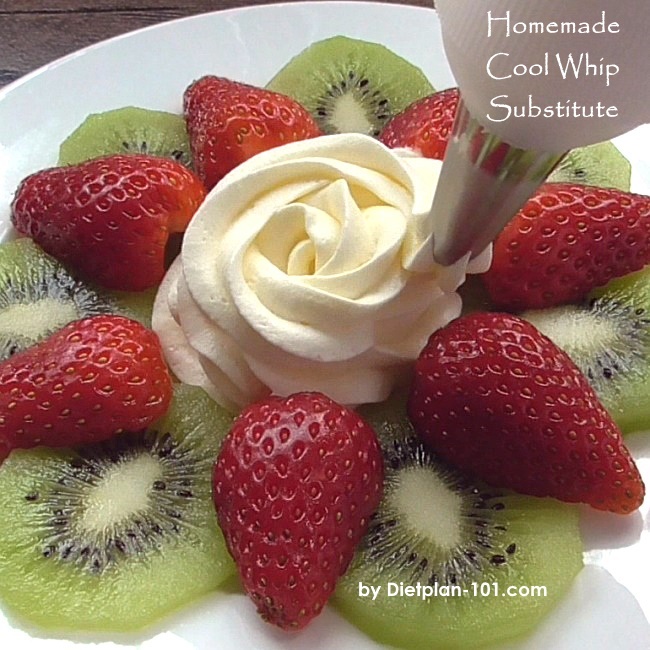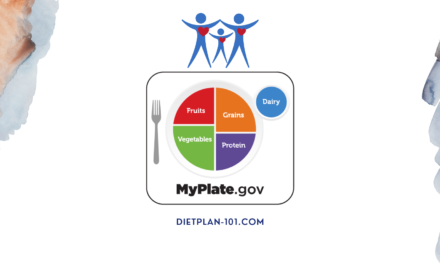
What is Quinoa?
Quinoa, which is pronounced as “keen waa”, is a seed that comes from the same family as beets and spinach and is considered a superfood that’s full of protein and fiber, and it also contains iron, magnesium, calcium, and potassium. It’s also gluten-free and can help with weight loss and lower cholesterol.
It grows high in the Andes of Peru, Bolivia, Ecuador, and Chile. Quinoa is a good source of vegan protein. Quinoa can be substituted for rice or used as a side dish. It is packed with complete protein and complex carbs all without gluten.
It grows in different colors but is most commonly found in white or red varieties. It’s considered a “pseudocereal” because it has many of the same nutritional benefits as a grain but doesn’t contain gluten like wheat does.
History of Quinoa
Quinoa has gained popularity in the last few years. Where did it come from? And what is it?
In short, quinoa is an ancient grain that’s been around for about 5,000 years. It was an important part of the Inca diet in South America. It is believed to have been domesticated in the Andes highlands about 4,000 years ago by the Peruvian people. Back then, it was considered a sacred crop and used as ritualistic food for religious ceremonies.
When it was first discovered, it didn’t take long for our ancestors to realize its benefits for them and their livestock. Today, quinoa has made its way into kitchens across the globe and remains a favorite with people of all ages due to its nutty flavor, versatility, and health properties.
[ads]
Quinoa Nutrition Facts
Quinoa is high in protein (4 g per cup), and fiber (4 g per cup), while also containing all 9 essential amino acids making it an excellent source of plant-based protein for vegetarians and vegans who don’t eat meat or eggs regularly.
In addition to being packed with protein, quinoa also contains B vitamins that help convert carbohydrates into energy so they can be used by cells throughout your body during physical activity or exercise (such as running). This makes quinoa an excellent choice for athletes looking for ways to fuel their bodies.
Related:
- Easy Power Balls Recipe: Ultimate Guide
- How to Fuel Your Body for Exercise
Health Benefits of Quinoa
There are many reasons why you should start adding quinoa to your diet! It has been shown to help lower cholesterol, aid weight loss efforts by making you feel full faster, and improve digestion because it contains fiber that helps move waste through your body quickly while providing nutrients that keep things moving along smoothly on their way out as well.
It also ranks low on the glycemic index, which means it helps maintain blood sugar levels and boosts immunity. Hence, quinoa is a great substitute for rice, pasta, and other grains.
Quinoa also has antioxidant properties that help fight inflammation in the body, which can improve heart health by lowering bad cholesterol levels and increasing good cholesterol levels.

Cooking Quinoa
Quinoa to water ratio
Cooking Quinoa is fairly simple, all you need is water! Just add 2 cups of water for every 1 cup of dry quinoa. Bring that mixture to a boil over high heat for about 15 minutes then reduce heat until simmering gently. After that, cover tightly and let it steam for 5 minutes away from heat. You may season it with a pinch of salt and that’s it, a superfood that you can incorporate into your daily meal or as a substitute.
Alternatively, you can opt to use quinoa flour, made from grinding up toasted quinoa grains. as an alternative flour in many recipes such as muffins or bread.
Here are some ways that you can incorporate quinoa into your diet:
For Breakfast, try making oatmeal with quinoa instead of oats! Just add whatever fruit or nuts you like to make this breakfast even more nutritious, you can also have bread or cakes made using quinoa flour.
For lunch, add some quinoa to your salads for a crunchy texture and extra protein. You can also substitute some of your rice with quinoa for starters.
For dinner, toss some cooked quinoa with veggies, beans, or chicken breast for an easy meal packed with vitamins and minerals. Adding it as a side for your main dish is also an easy way to incorporate quinoa into your diet.
[ads]
Reference:
1 Quinoa (Chenopodium quinoa Willd.): An Overview of the Potentials of the “Golden Grain” and Socio-Economic and Environmental Aspects of Its Cultivation and Marketization
2 FoodData Central Search Results: Quinoa, cooked




